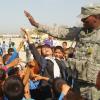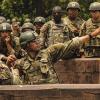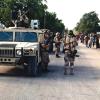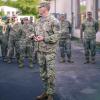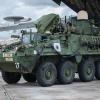For more than 55 years, former Capt. Larry Taylor has thought about one night in June 1968.
On that moonless night, Taylor repeatedly flew his AH-1 Cobra gunship under heavy enemy fire to save the lives of four fellow soldiers trapped on the ground in Vietnam, surrounded by nearly 100 enemy fighters.
“I’ve thought long and hard about that night, over and over,” Taylor said. “I don’t know what we could’ve done to make it any better, but we didn’t lose a man. Everybody we came with went home with us.”
On Sept. 5, Taylor finally received the honor he was due for his actions on that night...











